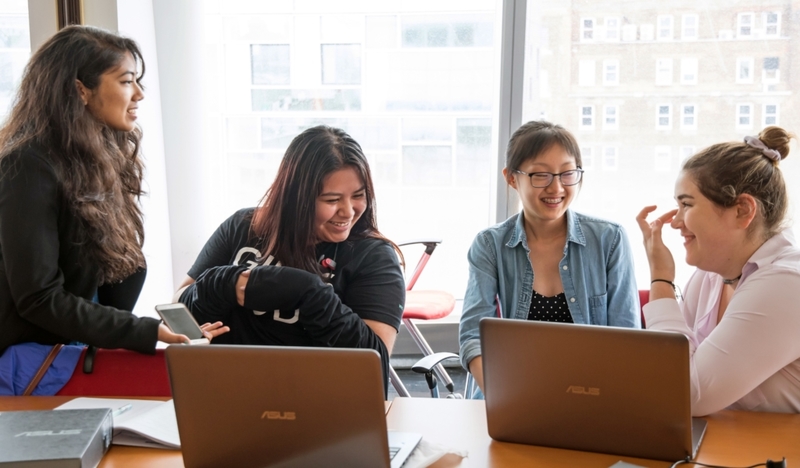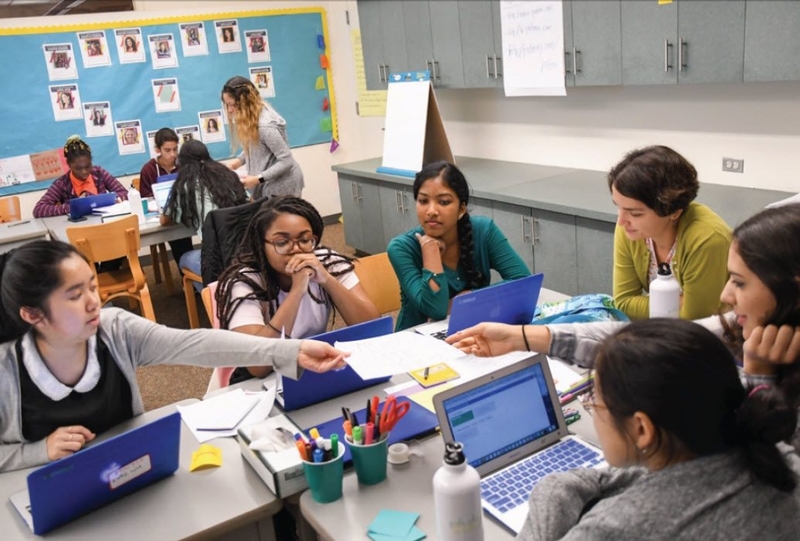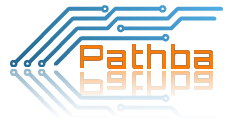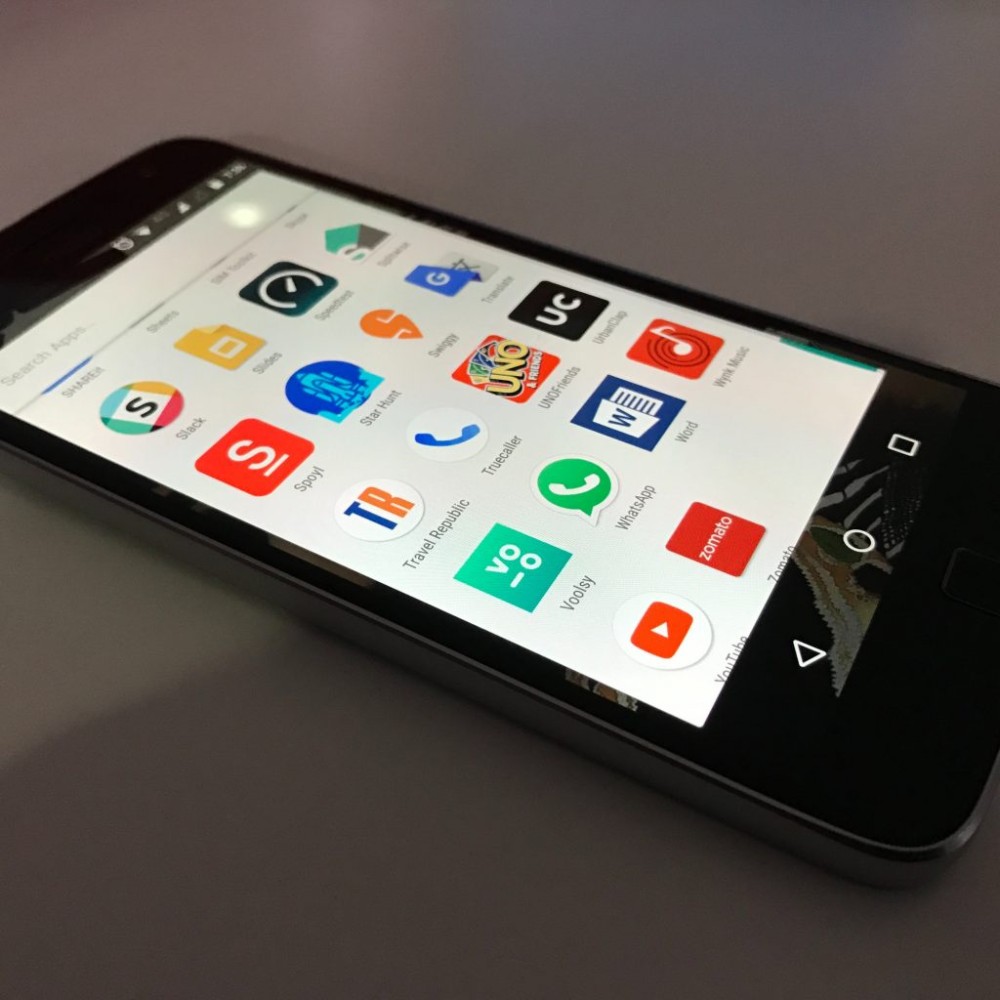How Tech is Closing the Gender Gap


Where Did it Start?
The idea for Girls Who Code came to Reshma Saujani while she was campaigning to become the first South Asian woman in Congress. “I was on a tour visiting schools in the poorer New York City district. As I looked around, I began to notice a stark difference between boys and girls and who had more access to technology. I knew I had to do something.” Saujani gathered from her own experience and thought about the best way to expose girls to computers. “I grew up with a lot of encouragement to succeed. But like so many young women, I lacked self-confidence when it came to math,” said Saujani. “Yet I heeded the message society imparts to so many young women: You’re a girl; don’t worry about math and technology. You still have a shot at becoming something else.”

While Saujani is delighted with the summer immersion program’s impact, her vision is to reach as many girls as possible. “For a true movement to occur, Girls Who Code needs to reach as many girls as soon as possible. According to its recent year-end report, momentum is building for these programs. In 2014, around 2,200 girls across more than 20 states participated in the Girls Who Code after-school program, up from 600 participants the year before. The Summer Immersion Program had 375 participants last year, up from 152 in 2013. Even more remarkable is the impact these programs are having. In 2014, 90 percent of the Girls Who Code Summer Immersion Program alumnae was either majoring or planning to major in computer sciences in college. Of those studying computer science, 77 percent cited GWC as significantly changing their trajectory.






















